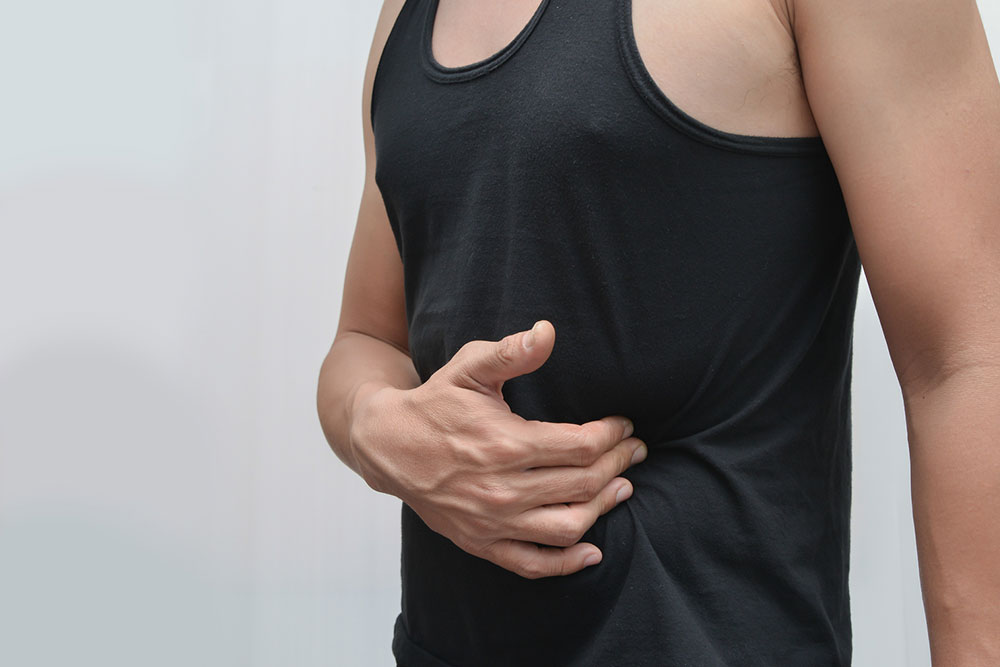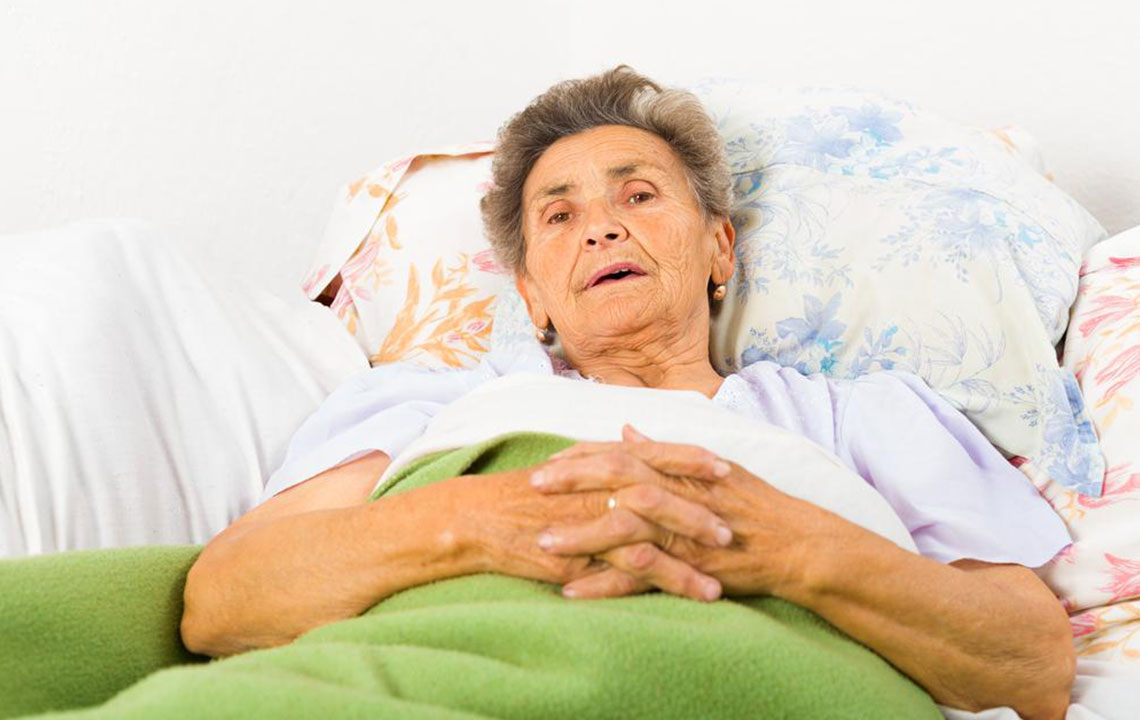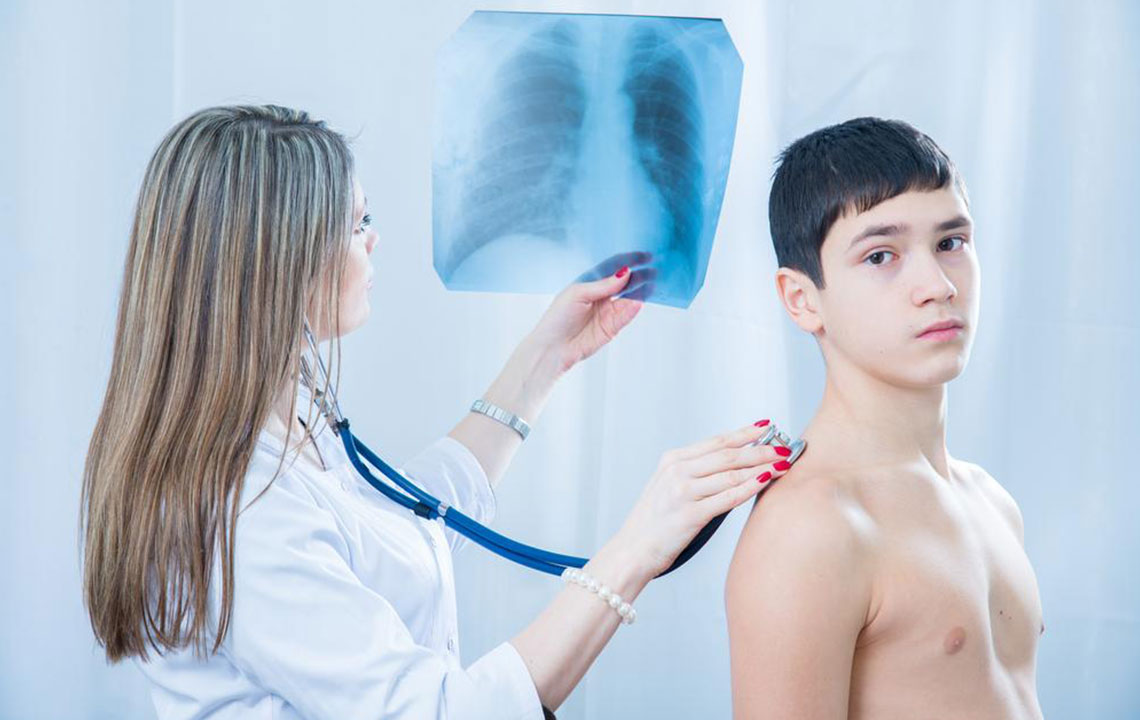Comprehensive Guide to Gallbladder Disorders: Causes, Symptoms, and Treatments
This comprehensive guide explores gallbladder disorders, focusing on causes, symptoms, and treatment options. It emphasizes the importance of early diagnosis and preventive measures, including dietary and lifestyle changes. The article covers gallstone formation, risk factors like obesity and genetics, common symptoms such as pain and jaundice, and treatment options including surgical removal. Understanding these aspects can help individuals manage and prevent gallbladder issues effectively, ensuring better digestive health and overall well-being. Suitable for readers seeking detailed health information about gallbladder conditions.

Comprehensive Guide to Gallbladder Disorders: Causes, Symptoms, and Treatments
The gallbladder, a small but vital organ located beneath the liver in the upper right quadrant of the abdomen, plays a crucial role in the digestive process. It stores and concentrates bile—a digestive fluid produced by the liver—that aids in breaking down fats. While it is a relatively small organ, the gallbladder can encounter various health issues, most notably gallstones, which are responsible for a significant number of gallbladder-related problems worldwide. Understanding the causes, symptoms, and treatment options for gallbladder disorders can help in early detection and effective management to prevent complications.
Gallstones are the primary concern associated with gallbladder health. These solid crystalline formations result from the accumulation of substances like cholesterol, calcium salts, and bile pigments. The size of gallstones can range from microscopic grains to larger, golf ball-sized stones, and their presence can lead to a variety of symptoms, ranging from mild discomfort to severe pain. These stones may be present in the gallbladder for years without causing symptoms, but when they obstruct bile flow or irritate the gallbladder lining, problems develop.
Prevalence varies based on lifestyle and genetic factors. Studies indicate that obesity, high cholesterol levels, and gastrointestinal disorders significantly increase the risk of developing gallstones. Certain demographic groups, including women, particularly those who are pregnant or using hormone therapy, are more prone to gallbladder issues. Understanding the causes of gallstones can aid in prevention and management strategies.
Causes of Gallstones and Gallbladder Problems
Several factors contribute to the formation of gallstones and other gallbladder disorders. These include dietary habits, lifestyle choices, genetic predisposition, and underlying health conditions. Poor diet high in saturated fats and cholesterol is a major contributor, especially when combined with obesity. Excess weight increases cholesterol levels in bile, which can lead to stone formation. Similarly, rapid weight loss or fasting can trigger gallstone development because of the slowed emptying of the gallbladder.
Dietary triggers such as eggs, dairy products, red meats, citrus fruits, chocolates, and caffeinated beverages like coffee and sodas can exacerbate symptoms or contribute to stone formation. Other causes encompass genetic factors, where a family history of gallstones predisposes individuals to higher risk. Medical conditions like cirrhosis, sickle cell anemia, or hemolytic diseases can cause pigment gallstones due to increased bilirubin in the bile. Additionally, disorders affecting the motility of the gallbladder, such as incomplete emptying during fasting periods, can foster the development of stones and inflammation.
Symptoms of Gallbladder Disorders
Recognizing the symptoms of gallbladder problems is essential for early diagnosis and treatment. Common signs include:
Persistent or recurring abdominal pain, especially in the upper right side or center of the abdomen
Digestive disturbances like bloating, indigestion, and gas
Nausea and vomiting, often following fatty meals
Abdominal bloating and discomfort
Unpleasant taste or bad breath
Headaches and constipation
Discolored stools (pale or clay-colored)
Fever and excessive sweating in some cases
Intermittent or severe pain episodes that may require emergency care
In more serious situations, additional symptoms could include:
Jaundice, characterized by yellowing of the skin and eyes, indicating bile duct blockage
Chills, persistent abdominal pain, and signs of infection
**Note:** Gallbladder pain is often triggered after eating, especially during night hours or after physical exertion. These pain episodes are typically sharp and intense, lasting from minutes to several hours. When stones obstruct the bile ducts, bile cannot flow appropriately, leading to complications such as cholestasis, inflammation (cholecystitis), or infections, which require urgent medical attention.
Diagnosis and Treatment Options
If you experience symptoms of gallbladder issues, consulting a healthcare professional is imperative. Diagnostic tools include ultrasound imaging, which is the most common, along with HIDA scans, blood tests, and sometimes MRI or CT scans to assess the extent of the problem. Treatment varies depending on severity and could involve conservative management or surgical intervention.
In cases of symptomatic gallstones or complicated gallbladder disease, cholecystectomy—surgical removal of the gallbladder—is often the most effective solution. This procedure has become routine and minimally invasive, with laparoscopic techniques resulting in shorter recovery times and less postoperative discomfort. Post-surgery, most individuals can resume normal activities within a few days to weeks.
Prevention plays a critical role in avoiding gallbladder issues. Maintaining a balanced, low-fat diet, engaging in regular exercise, losing weight gradually, and avoiding rapid weight loss are effective measures. Additionally, staying hydrated and managing underlying health conditions such as high cholesterol or diabetes aid in reducing risks.
In conclusion, awareness of gallbladder health and early diagnosis are vital in minimizing complications. If symptoms such as severe abdominal pain, jaundice, or persistent digestive disturbances occur, seeking prompt medical attention can help prevent serious outcomes and ensure appropriate treatment.





